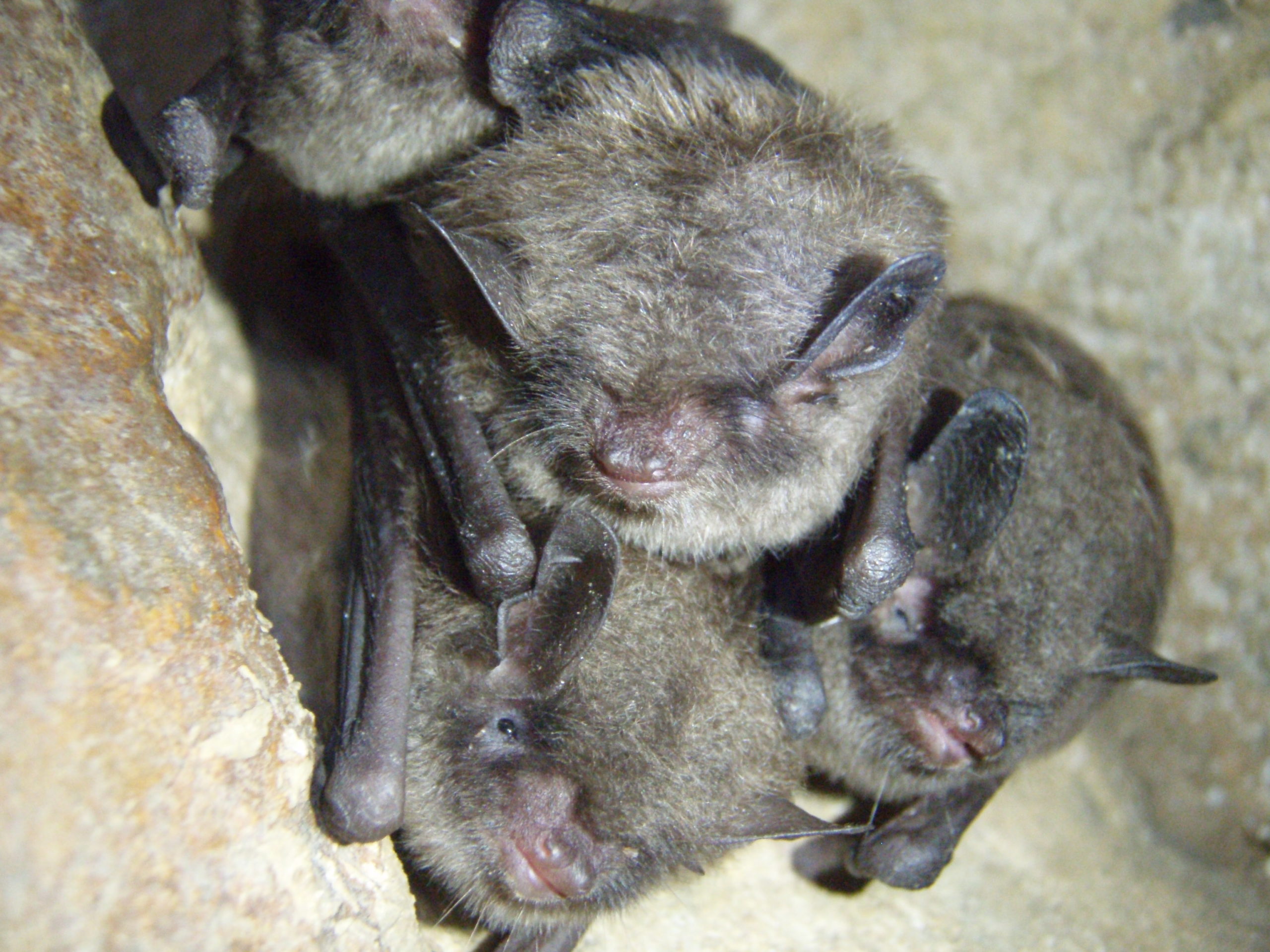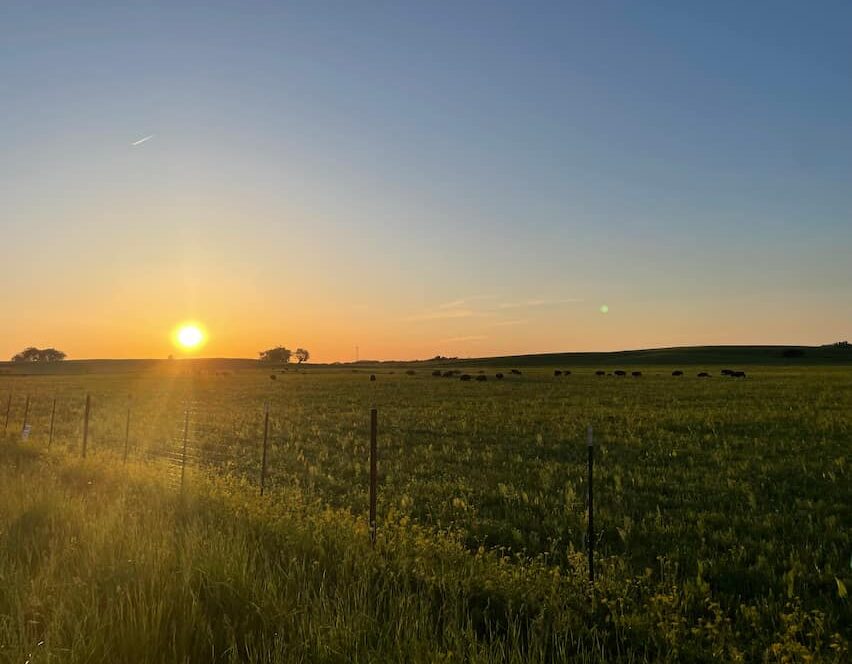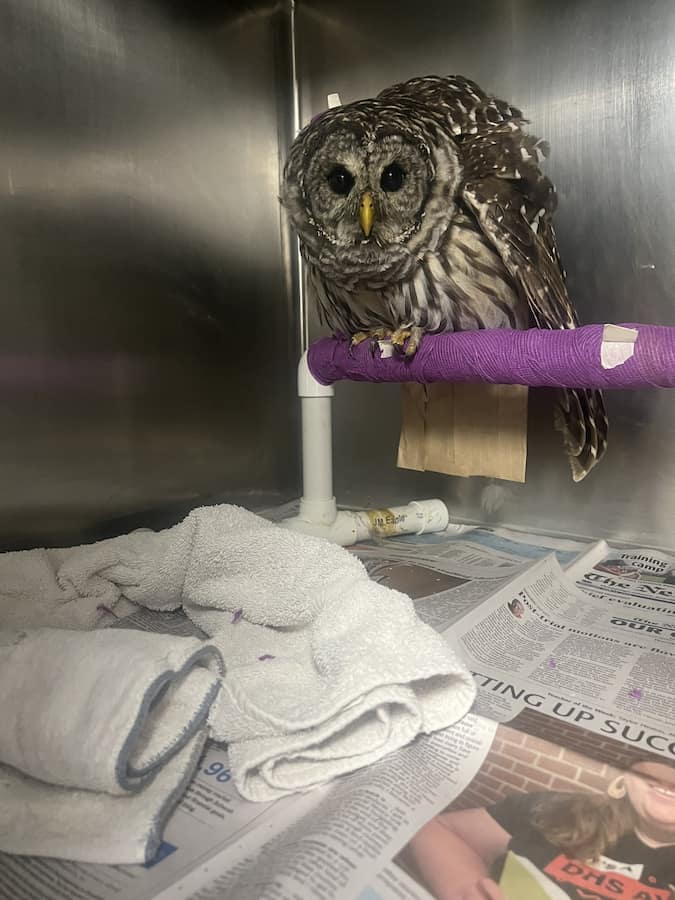
Indiana Bat (Myotis sodalis)

Uploaded by Dolovis
From US Fish and Wildlife Service: The Indiana bat was listed as endangered in 1967 due to episodes of people disturbing hibernating bats in caves during winter, resulting in the death of large numbers of bats. Indiana bats are vulnerable to disturbance because they hibernate in large numbers in only a few caves (the largest hibernation caves support from 20,000 to 50,000 bats). Other threats that have contributed to the Indiana bat’s decline include commercialization of caves, loss of summer habitat, pesticides, and other contaminants, and most recently, the disease White-Nose Syndrome.
Indiana bats are quite small, weighing only one-quarter of an ounce (about the weight of three pennies) although in flight they have a wingspan of 9 to 11 inches. Their fur is dark- brown to black. They hibernate during winter in caves or, occasionally, in abandoned mines. During summer they roost under the peeling bark of dead and dying trees. Indiana bats eat a variety of flying insects found along rivers or lakes and in uplands. Click here for more information on endangered species in Illinois.
Continue reading: WMC Conservation Newsletter March 2018
By: Kate Keets, WMC Conservation Chair, Class of 2021



